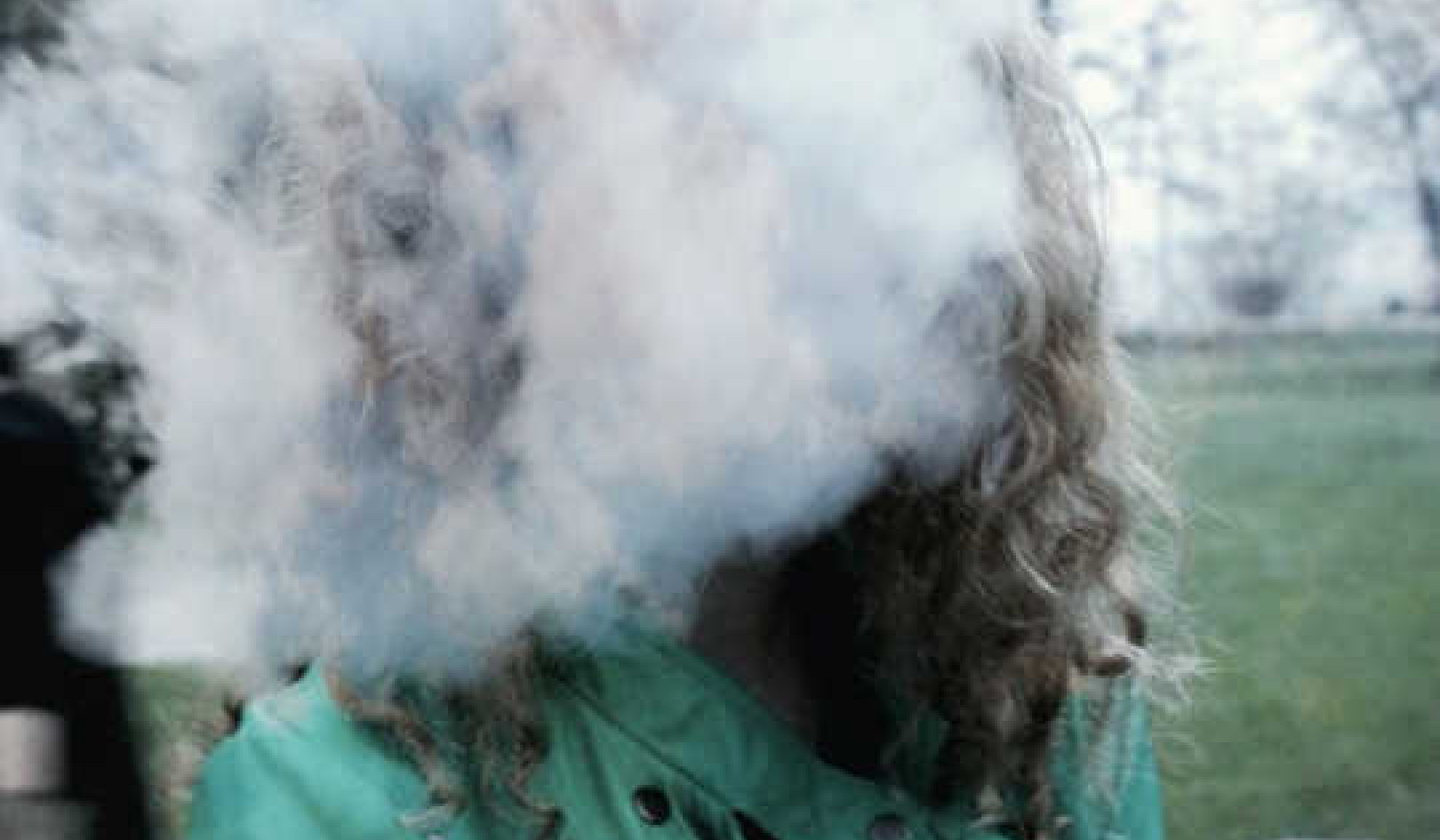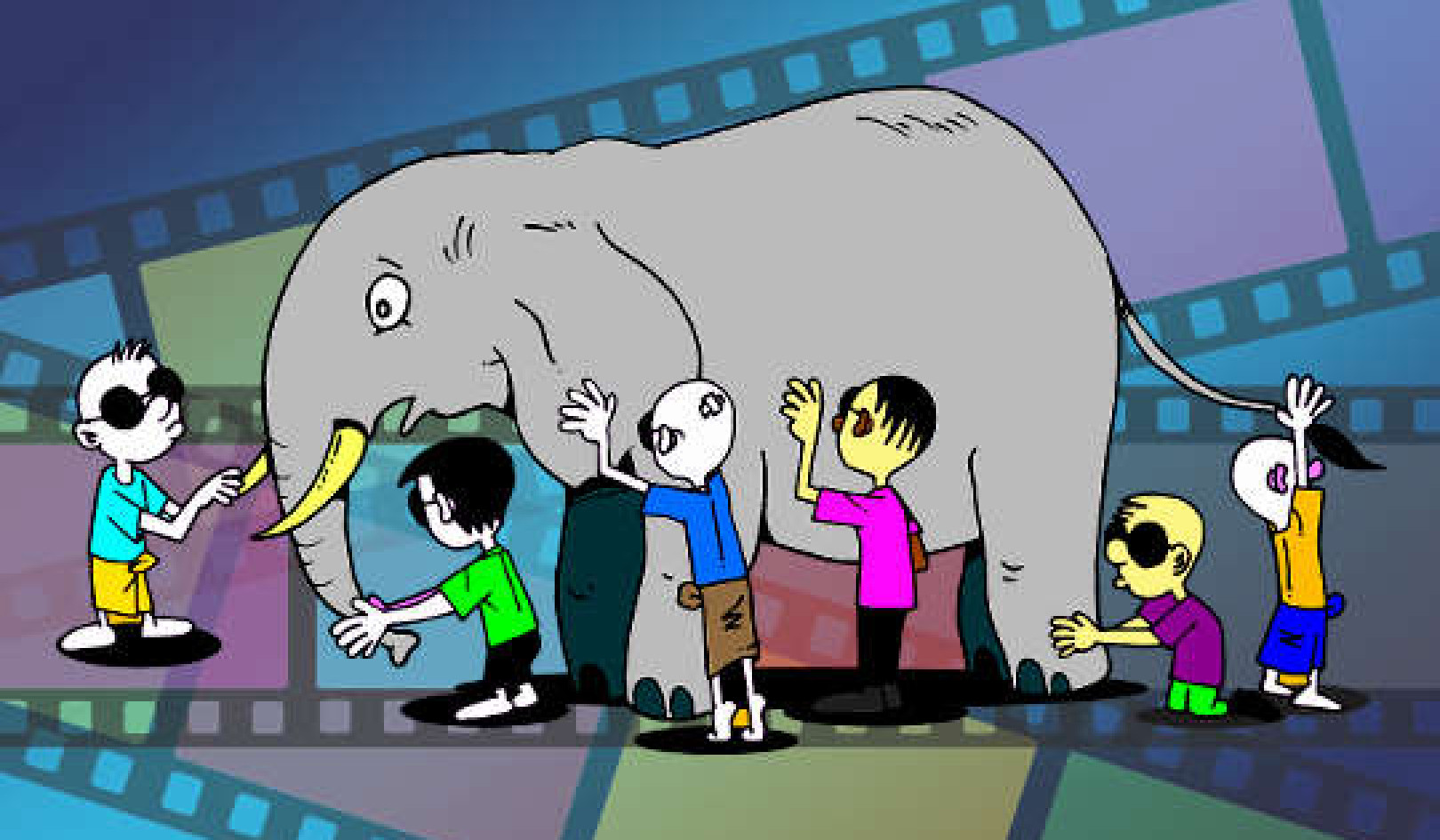
Why do we drink alcohol? And what would make us do less of it? The government has its own answers – on January 8, the chief medical officer for England, Dame Sally Davies, announced the new government alcohol guidelines. There is now no “safe” drinking level, and the recommended lower-risk maximum per week has been reduced to 14 units, for both men and women. That’s roughly six pints of beer or six glasses of wine. We are advised not to consume all these units in one epic binge, or lunchtime tipple, depending on your habit. A “heavy drinking” session is now three pints of beer, or three glasses of wine.
Annual media drama
Many people, like me, will be surprised to be suddenly labelled a heavy drinker. Could it be that the UK alcohol policy pantomime is running out of villains? First, it was those reckless young people. Then the “hidden problem” of middle-aged drinkers emerged. Finally, the gently sozzled suburban middle classes were cast as the irresponsible “other” in this annual media drama.
Unsurprisingly, there is no evidence that we change our drinking behaviour as a result of the now ritualised piety of alcohol guidelines. We don’t calculate how many units we drink. Why would we? We already know that drinking is not good for us – that’s one of the reasons it’s fun. Alcohol guidelines make little sense as a behavioural intervention. They make more sense understood as a cycle of social drama enacted through the media.
Generating an emotional response
Victor Turner’s The Anthropology of Experience suggests that social dramas follow a process of “breach”, “crisis”, “redress”, and “reintegration”. They are accompanied by “metacommentaries” in which we tell stories about ourselves, to ourselves. Turner referred to major news events of political significance, but the media’s appetite for crisis and conflict seems now to extend to any story that can generate emotional responses.
Crises are worked up through dramatic representations of alcohol-related ill health and social harm, suggesting a breach between the health system, sensible citizens, and the irresponsible risk-takers. The metacommentaries of resistance, dissent, agreement and reconciliation, along with dollops of self-righteousness, guilt, and scorn, are acted out in social media. Like Hamlet’s play within a play, the drama draws us into moral self-reflection.
Assessing the risk
It isn’t just alcohol policy that displays this theatrical character. The World Health Organisation recently informed us, with a similar flurry of media hand-wringing, that bacon, sausages and ham are potentially carcinogenic. The Department of Health insists that alcohol guidelines are about content, not process. They want to alert people to the risks, so that we can make informed judgements about our drinking. The magnitude of the risk, though, is far from clear.
Some 8,400 people in the UK died of alcohol related causes in 2014 according to the Office for National Statistics, roughly 1.6% of all the 501,424 deaths recorded that year. Alcohol was not recorded as one of the UK’s top ten killers.
The game changer for the chief medical officer (CMO) seems to be epidemiological research that links alcohol to cancers. It is probably not true that a drink is “potentially as carcinogenic as a cigarette” but alcohol is likely to be implicated in some 4-6% of deaths from cancers of the head, neck, mouth and digestive system. It is also concerning that the long-term trend for alcohol consumption and alcohol-related deaths in the UK is upward, unlike those of some other European countries. So, some risk there, but it is small.
Confusing the issue further, though, is the matter of comorbidity. Dependence on alcohol and cigarettes are highly correlated, and both are correlated with cancers, heart disease and mental illness. Even income could be a factor in susceptibility to alcohol related illness. Managerial and professional workers suffer far less alcohol related ill health than unskilled workers. So, there is certainly risk attached to drinking, with consequences for public health. But the risk in interaction with other factors in our lives, such as obesity, stress, smoking, loneliness, genetic factors or lack of exercise, is impossible to generalise across diverse populations. Alcohol will kill a few of us, but which of us cannot be predicted just from the amount we drink.
Drawbacks
There are two drawbacks to socially dramatised alcohol policy. One is that the use of real instruments of policy, such as taxation, licensing restrictions and marketing regulation becomes displaced by the media performance of alcohol policy. The other is that government public relations officers have to think of new ways to excite journalists and readers with a sense of crisis.
This time next year, could we see a call to arms about “passive drinking” (the damage done to non-drinkers as a result of consuming alcohol)? Probably not, although the idea was seriously mooted as a policy theme by a previous CMO in 2009. But never say never.
About The Author
Chris Hackley, Professor of Marketing, Royal Holloway. His research and teaching involve critical and cultural perspectives on marketing, particularly advertising and promotion, and consumer culture.
This article was originally published on The Conversation. Read the original article.
Related Book:
at

Thanks for visiting InnerSelf.com, where there are 20,000+ life-altering articles promoting "New Attitudes and New Possibilities." All articles are translated into 30+ languages. Subscribe to InnerSelf Magazine, published weekly, and Marie T Russell's Daily Inspiration. InnerSelf Magazine has been published since 1985.

Thanks for visiting InnerSelf.com, where there are 20,000+ life-altering articles promoting "New Attitudes and New Possibilities." All articles are translated into 30+ languages. Subscribe to InnerSelf Magazine, published weekly, and Marie T Russell's Daily Inspiration. InnerSelf Magazine has been published since 1985.





















